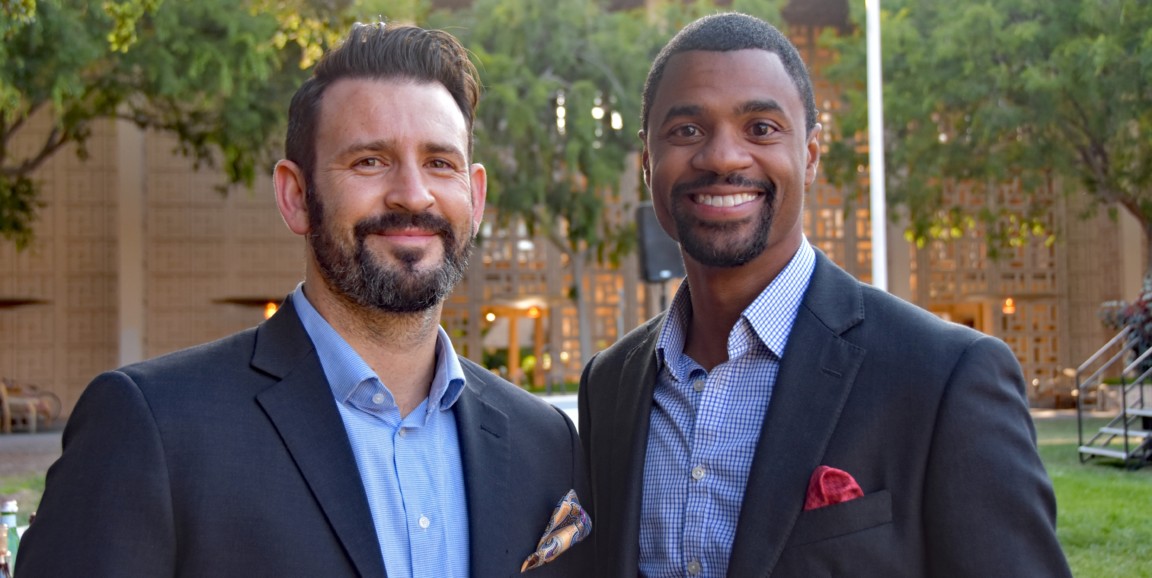When Vic McCray, MD, and I were Stanford Biodesign Innovation Fellows, we spent months shadowing optometrists and ophthalmologists, looking at different eye problems and diseases. But what we saw over and over were patients complaining about dryness and discomfort and doctors unable to offer effective solutions. We realized there was a huge population of patients who suffer from contact lens-induced dry eye whose needs weren’t being addressed.
Historically, the eye-care industry has focused on developing contact lenses with properties they thought were important. For example, they felt that lenses needed to have significant water content to be comfortable, so all of today’s contact lenses contain water. We thought about the problem differently – from a biological perspective rather than a chemical one. We looked at the eye and what it normally does to stay moist and healthy. What we found is that it has components that help hold water on the surface and prevent evaporation, and components that keep the eye slippery and friction low every time we blink.
Along with our co-founder, Karen Havenstrite, PhD, we decided to design a lens surface that mimics what the eye does naturally. The end result was a specialized coating that can be applied to any hard contact lens that improves wettability, increases surface water retention, reduces friction on the eye, and minimizes deposits on the lens. Rigid lenses are used by patients with specific needs. They're usually less comfortable than soft lenses, but with our coating, patients sometimes forget they’re even wearing lenses.
The first time we heard directly from a patient with significant contact lens discomfort who had used our technology, it was really gratifying – and that positive feedback keeps coming. Just recently, a woman called and told us how she had to retire because her lenses were so uncomfortable that she couldn’t wear them for an entire workday. But, because of us, she has been able to return to her job, and she wanted us to know how that had positively changed her life. Another person contacted us to say that our coating had enabled her to wear specialty lenses rather than having to endure a corneal transplant. Yet another told us simply that we had answered her prayers.
Feedback like this makes us extremely proud of the work we’re doing. Now, we're working to expand the benefits of the coating to disposable lenses, which will reach a much larger group of contact lens wearers.
To date, medical devices and technologies initiated by Stanford Byers Center for Biodesign trainees while in the program’s courses and fellowships have been used to care for more than 1.5 million patients. In this new weekly series, some of our innovators will discuss their work and the patients that inspired them.
Brandon Felkins, MD, was a 2010-11 Biodesign Innovation Fellow.
Photo of Felkins and Vic McCray, MD, by Lyn Denend




